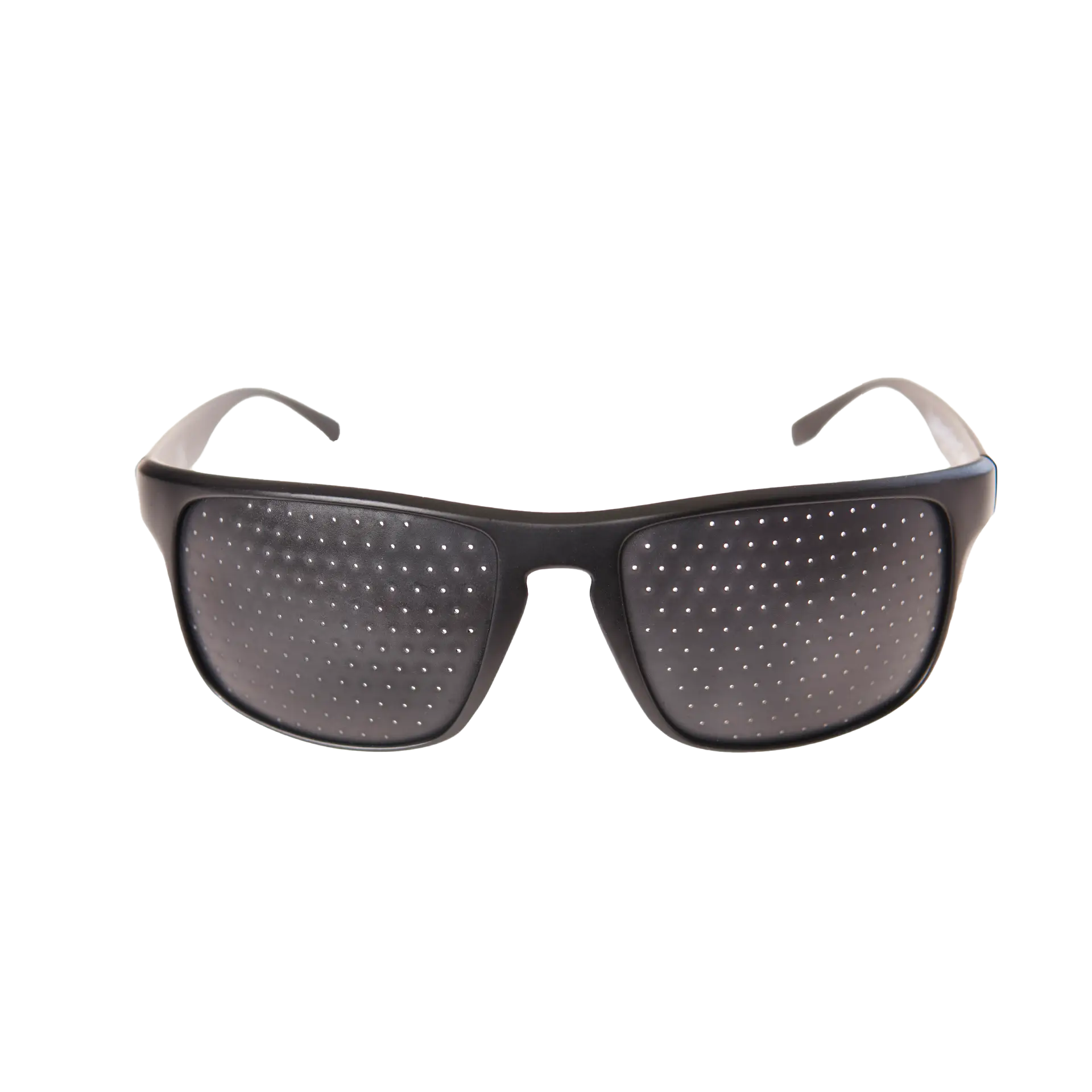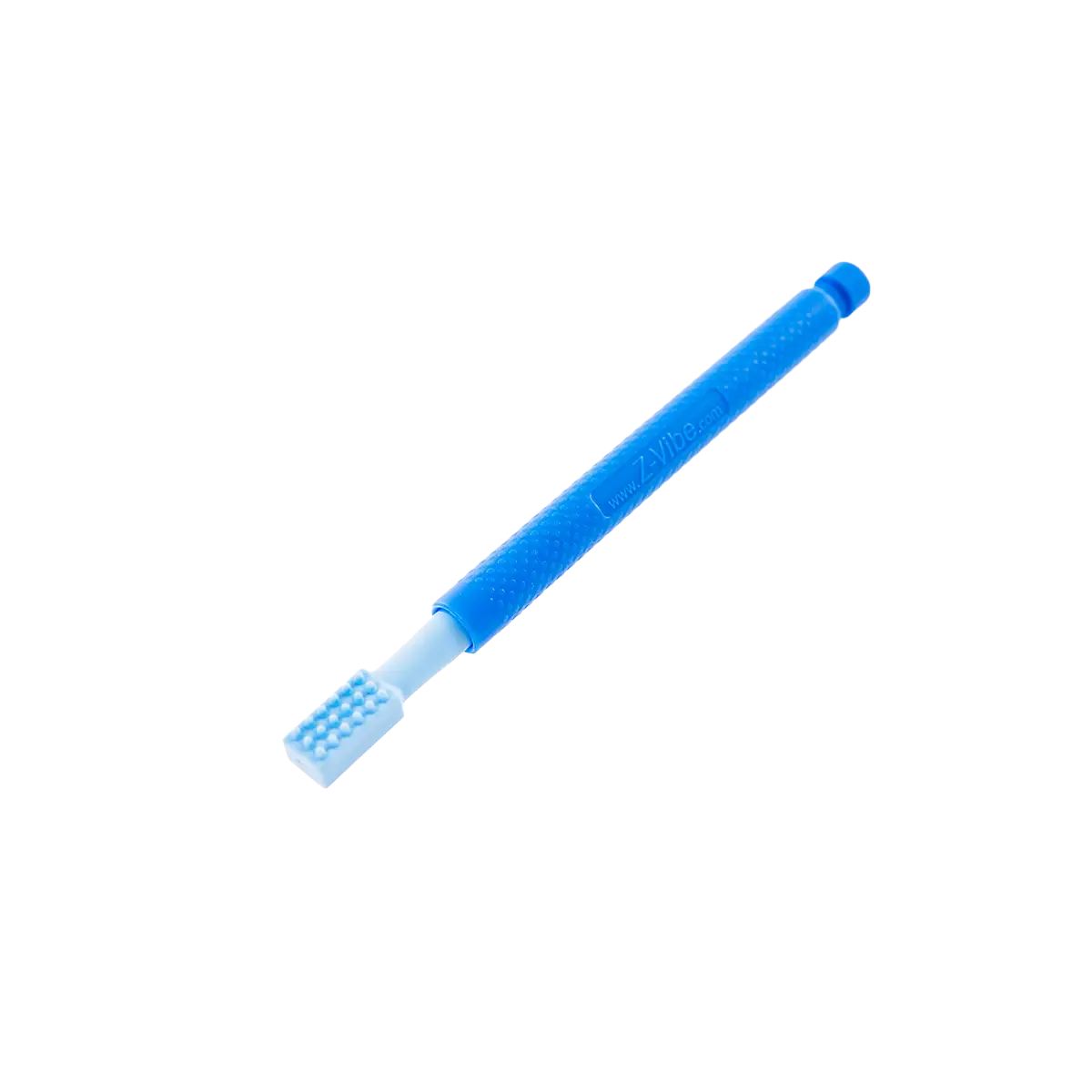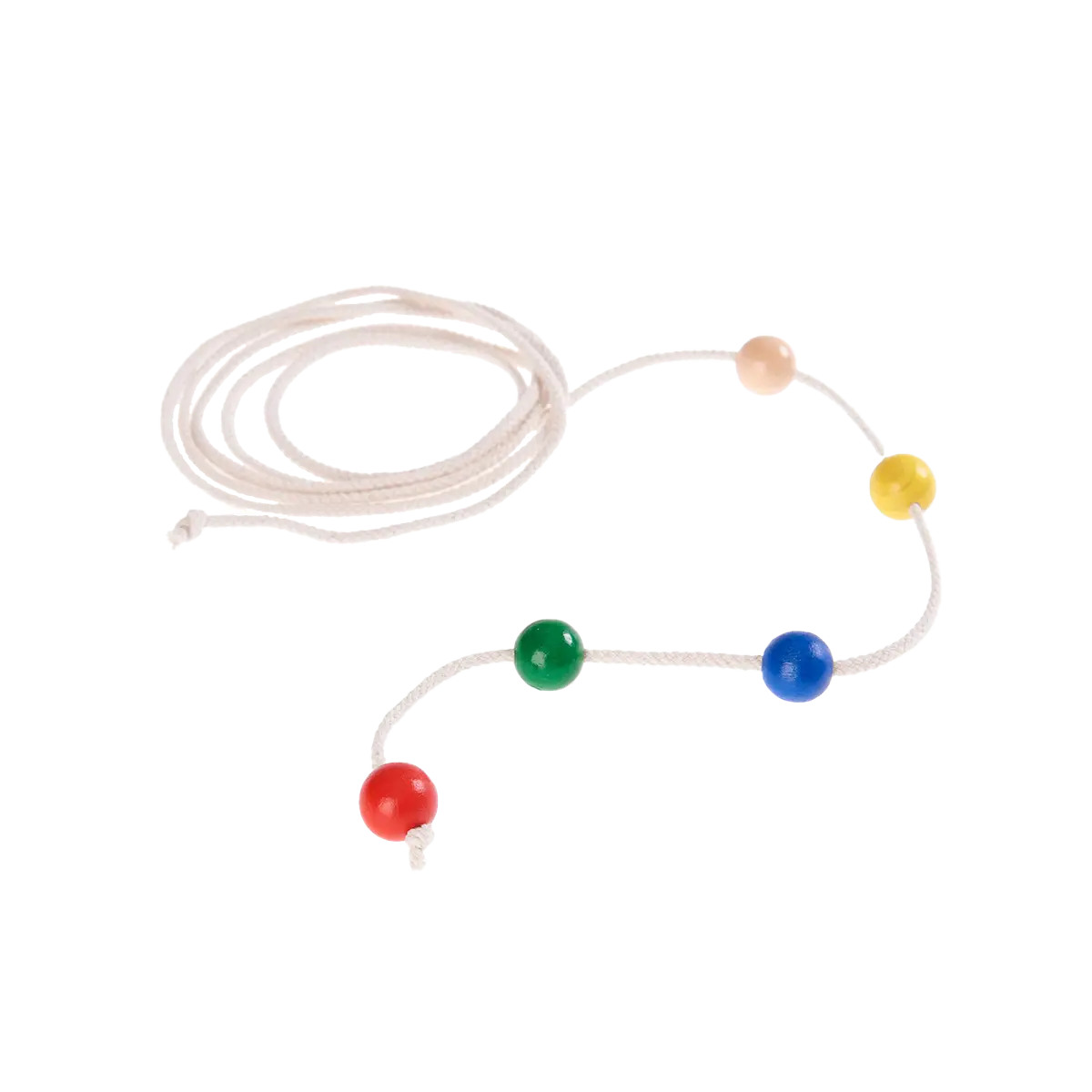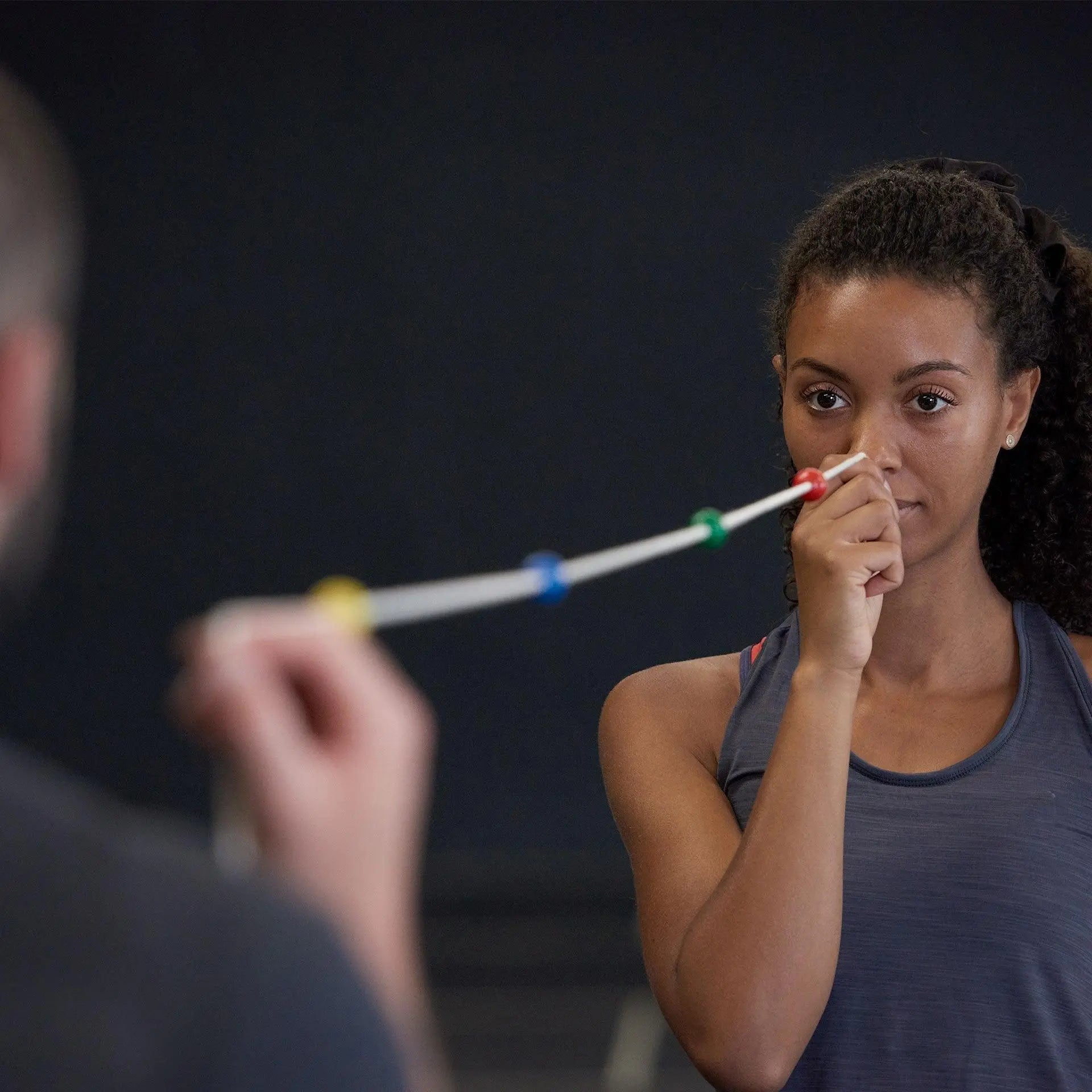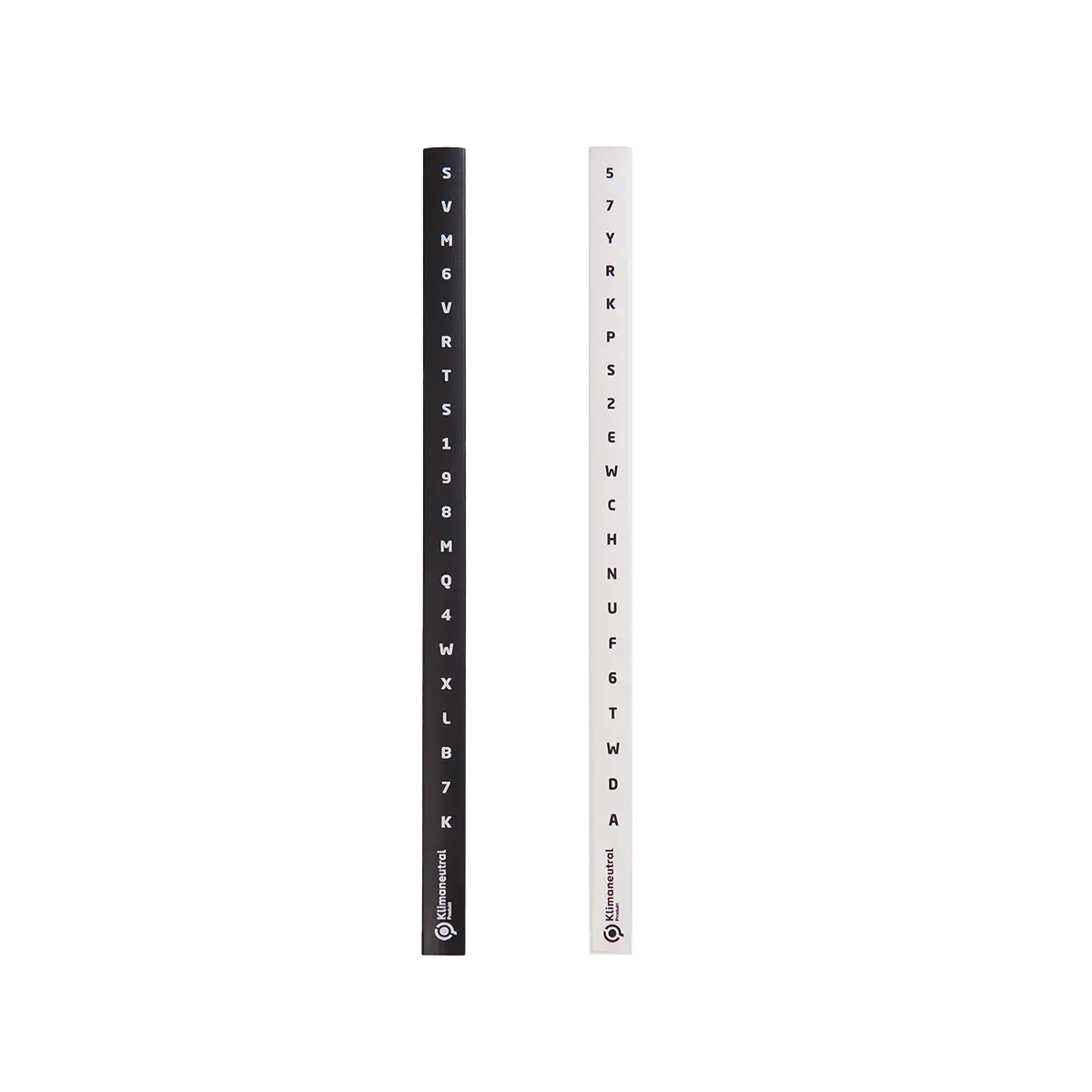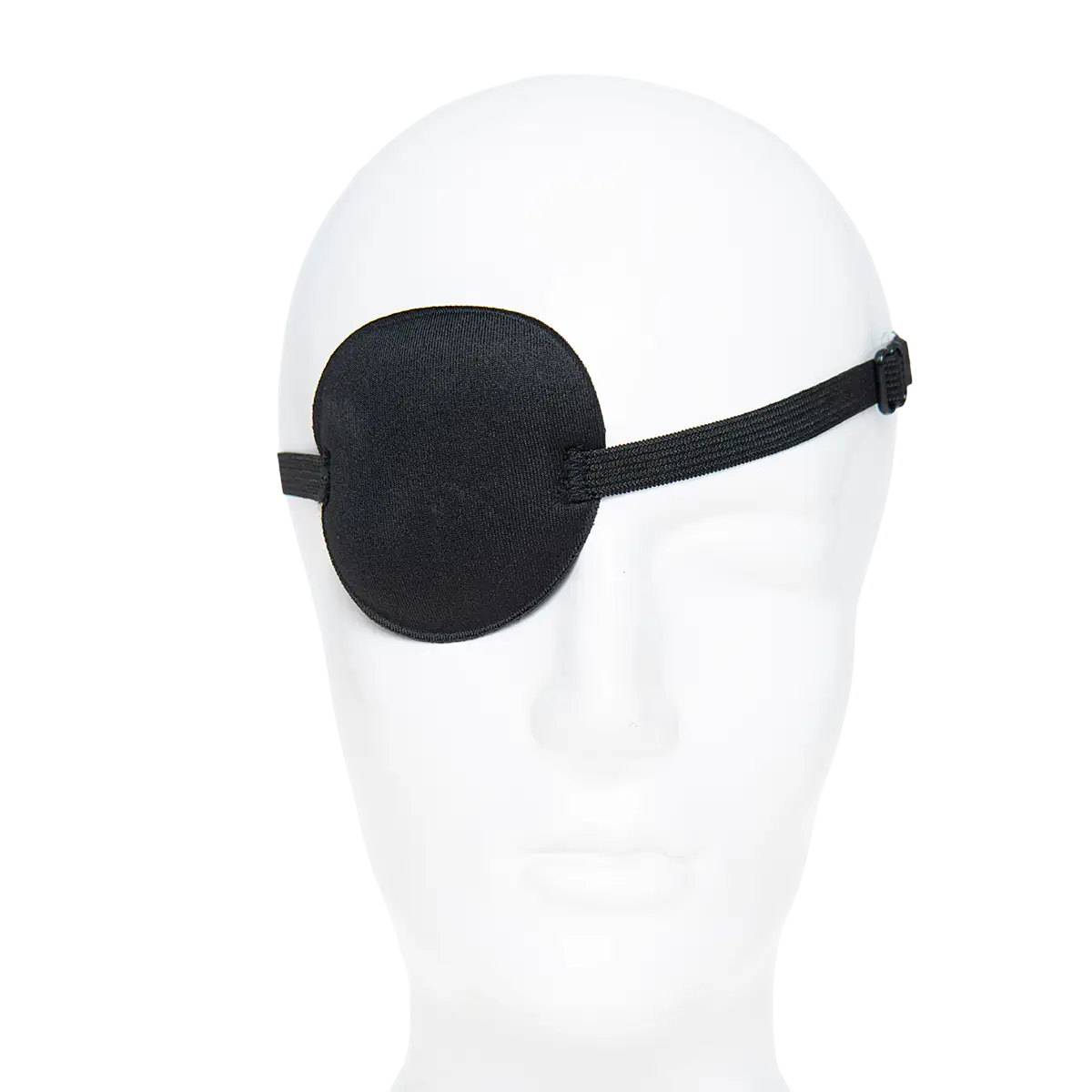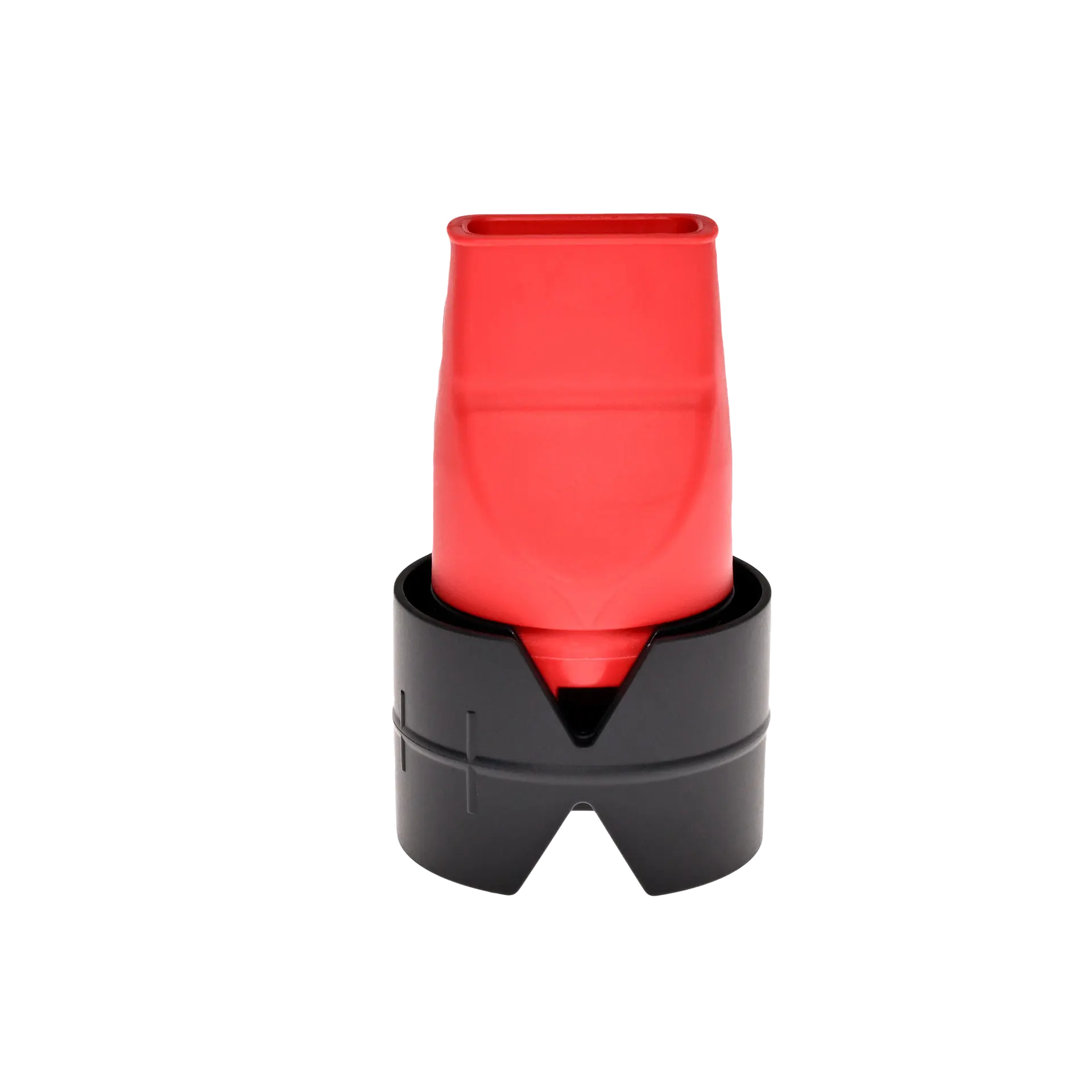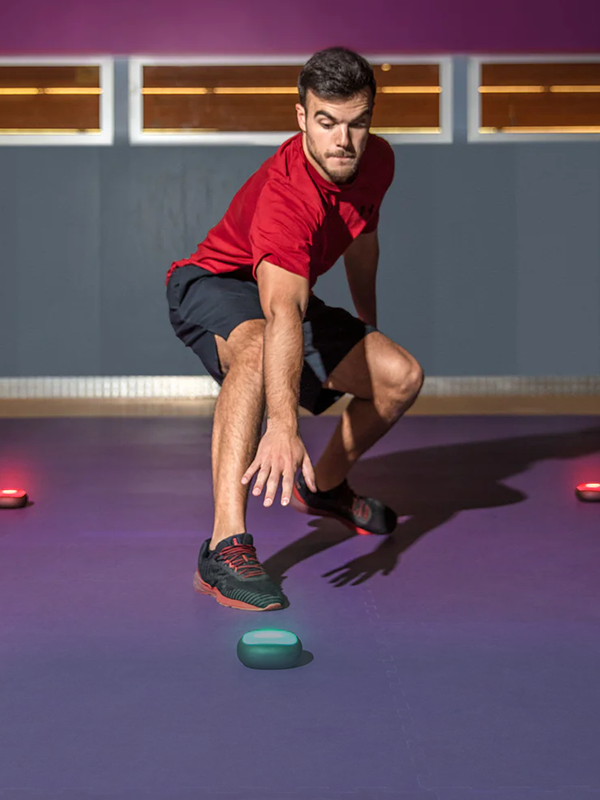Reading time: 5 minutes
Teeth grinding is unpleasant and can lead to pain in the head, jaw joint, ears or teeth. Around one in three people in Germany suffer from it, often without noticing it. The problem, also known as bruxism, is often triggered by stress and monotonous movements at work. Here you can find out exactly where teeth grinding comes from and what you can do about it today.
Contents
- Stress and screen time as triggers for teeth grinding
- Bruxism: What can you do about teeth grinding?
- Jaw relaxation through targeted training
- Neuroathletic training for the jaw
- 10 Neuroathletic Exercises for Teeth Grinding, Headaches and Tension
- Conclusion: Relaxation is the key to success even when grinding your teeth
Stress and screen time as triggers for teeth grinding
Constantly staring at screens and always using the same posture and hand movements when using the mouse can cause tension in the neck and shoulders , which also affects the jaw region. If the muscles in the jaw are tense, this can lead to the teeth in the mouth being unconsciously clenched or rubbed together in order to relieve the resulting pressure. This is called teeth grinding.
Especially in stressful times, many people find it difficult to avoid unconscious teeth grinding . This is because hormones released by stress, such as adrenaline and cortisol, can increase jaw tension. In such cases, teeth grinding, which can occur both when awake and when asleep, serves as a kind of valve to release the stress that has built up.
In addition, teeth grinding can also temporarily help relax the eye muscles and sharpen close vision. This is done to reduce the eye strain caused by frequent screen use. In the long term, however, this form of compensation, like any compensatory response, is not a good idea. It can lead to various problems - even outside the mouth - from over-worked jaw muscles to neck tension and even damage to the teeth.
Bruxism: What can you do about teeth grinding?
If you want to get rid of the annoying grinding of the teeth in the upper and lower jaw, which in the worst case can also cause noise, tinnitus or migraines , it is first important to identify the individual causes. If orthopedic dysfunctions such as incorrect tooth alignment or jaw joint misalignment can be ruled out, good stress management is a first step in treating bruxism. Reducing stress can also reduce tension in the muscles. CMD ( craniomandibular dysfunction ), i.e. the malfunction of the jaw joint and the chewing muscles, is often caused by poor posture or stress.
Jaw relaxation through targeted training
Techniques from neurocentric training can help reduce stress, relax your jaw muscles and thus treat jaw pain. The focus here is on training the brain. In order to function smoothly, our brain needs precise signals from the body, which it analyses and processes.
In the case of the jaw, for example, the sensory information comes from the surrounding joints, muscles, nerves, soft tissue, teeth and sensory organs. If the quality of the transmitted data is inferior due to dysfunction, incorrect or constant tension, our nervous system reacts with protective mechanisms such as pain sensation or muscular tension. Through targeted exercises, you can improve the communication between your body and your brain and greatly reduce the strain on the jaw muscles.
Neuroathletic training for teeth grinding for the jaw
In collaboration with neurotrainer Luise Walther, we have created a 10-minute exercise flow for your jaw, shoulders and neck. Tip from the pro: To make the exercises even more intense and effective, you can also use a resistance band , a vision stick and a Z-Vibe vibration pen for training.
10 Neuroathletic Exercises Against Teeth Grinding, Headaches and Tension
Headaches and tension in the jaw, neck and cheeks are often the result of unconscious teeth grinding. This constant grinding puts strain on the chewing muscles and leads to unpleasant pain . The good news: with simple exercises you can relieve tension, relax your jaw and relieve annoying headaches .
1. Eye mobilization with arrow board
Stand in front of the board. Move your eyes in the direction of the arrow without moving your head: arrow up, look up. Arrow to the right, look right, arrow down, look down, arrow to the left, look left. Stop as soon as it becomes tiring for your eyes.
2. Eye-neck mobilization
Stand in front of the VOR board. Hold the Vision Stick with your arm outstretched and focus on a letter at eye level. At the same time, move your eyes, head and arm with the stick at the same speed in the following directions of the lines on the VOR board: up, back to the middle, up right, back to the middle, right, back to the middle, down right, to the middle, down. Switch hands and move in all directions on the left side again.
3. Pelvic mobilization
Take the tension out of your knees. Slowly mobilize your pelvis by pulling your pubic bone towards your belly button and then arching your back slightly. Slowly switch between the positions without experiencing pain or discomfort.
4. Gaze stabilization with VOR board
Stand in front of the VOR board. With your head still, jump with both eyes in the following directions on the VOR board: up right, up middle, up left, right, stay in the middle, left, down right, down middle, down left.
5. Thoracic spine mobilization
Press your palms together, breathe in deeply and as you breathe out rotate your arms to the left. As you breathe in, return to the middle. As you breathe out, rotate your arms to the right and as you breathe in, return to the middle. Now pull both hands apart, breathe in deeply again and repeat the exercise sequence.
6. Cervical and thoracic spine mobilization
Press your palms together, breathe in deeply and as you breathe out rotate your arms and head in opposite directions. As you breathe in, return to the center. Repeat the rotation to the other side as you breathe out. Then pull both hands apart, breathe in and repeat the entire sequence.
7. Cervical spine mobilization
Press your palms together, breathe in deeply and as you breathe out rotate your head and eyes to the left. As you breathe in, return to the center. As you breathe out, rotate to the right and as you breathe in, return to the center. Now pull both hands apart, breathe in deeply again and repeat the exercise sequence.
8. Jaw mobilization with or without tools
Open and close your jaw. Then move your lower jaw forward and backward and then right and left. Only go as far as is comfortable.
Optional: Massage your lower jaw with the Z-Vibe vibration pen to provide targeted tactile stimulation in the oral cavity. The gentle vibration can also have a very calming effect.
9. Ladder breathing
Stand upright, knees relaxed. Place your hands on your stomach and breathe deeply in and out through your nose. Focus on breathing into your stomach. Now place your hands on your ribcage and breathe deeply in and out through your nose into your ribcage. Then place your hands on your chest and breathe deeply in and out through your nose into your chest.
>> Reading tip: Breathing training - tips and exercises for more health and performance
10. Mobilization of jaw and neck - tongue circles
With your lips closed, place your tongue in front of your front teeth. Now slowly move the tip of your tongue in a circular motion along your teeth: downwards, to the right, upwards and to the left. In both the upper and lower jaw. Make sure you move at a comfortable speed. Change the direction of your tongue movement after a few seconds.
Conclusion: Relaxation is the key to success even when grinding your teeth
Teeth grinding is an issue that affects many people - often caused by stress, tension or jaw problems. The important thing is that you can actively tackle it! With the right exercises, you can relax your jaw, reduce discomfort and feel better overall.
The interaction between head and body is crucial here. With simple neuroathletic and relaxation exercises, you can loosen up your jaw and neck . You will feel your well-being improve - and the best thing is: you can easily incorporate these exercises into your everyday life.
So, let's get started! It's up to you to give your jaw more relaxation and yourself a better quality of life.
>> Reading tip: 10 neuroathletic exercises for stress and irritability






